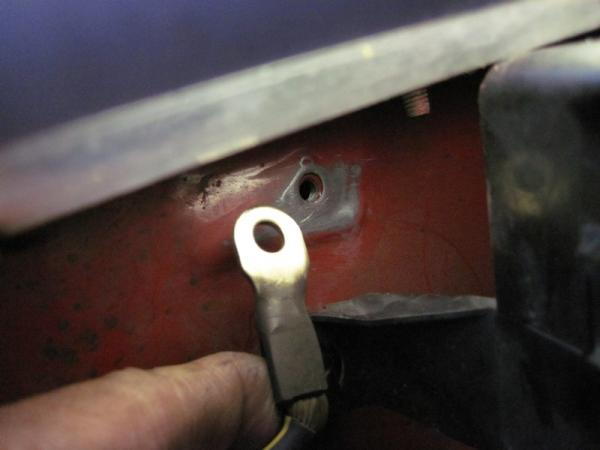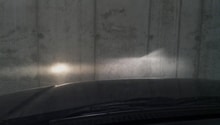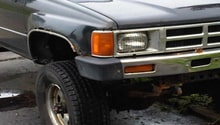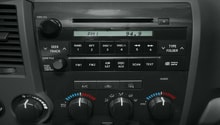Toyota 4Runner 1984-1995: Electrical Diagnostic Guide
Electrical problems are some of most frustrating and hard to solve problems, but if you're patient and thorough, you can fix it on your own.
This article applies to the Toyota 4Runner (1984-1995).
An electrical problem can be anything from the truck not starting to strange behavior with the radio or the HVAC. The simplest flaw in an electrical circuit can cause all kinds of strange problems. But these kinds of problems are easy to narrow down if you know what to look for. All you need is time and a multimeter.

Material Needed
- Multimeter
Step 1 – Start with the fuse box
Whenever something just won't turn on, then it's most likely that the problem is a blown fuse. In the case of lights, it may be a burned out light bulb, but you should still check the fuse just in case. There are two fuse boxes in your truck. One is in the engine compartment and the other is behind your driver's side kick panel. The kick panel fuse box typically contains the fuses for the majority of the truck's electronics. Use the chart on the back of the fuse box panel to identify the fuse for the part that's not working.
You can test a fuse by pulling it from the fuse box and configuring your multimeter to measure resistance (ohms). Touch the two probes to the opposite prongs on the fuse. If the multimeter shows a high number or the number doesn't change, then the fuse is no good and needs to be changed. If it shows a small number, then the fuse can still carry a current.

Step 2 – Check the battery and alternator
If your 4Runner won't start at all, it could be the battery. Sometimes a battery will be drained when accessories are left on for too long, or there is aftermarket equipment hooked up to the battery.
Check the battery by setting your multimeter to measure volts. Touch the negative probe to the negative (black) terminal on the battery and the positive probe to the positive terminal. When the engine is off, the battery should measure between 12 and 13 volts. When the engine is on, the battery should have between 14 and 15 volts. The extra volts are added by the alternator charging the battery while the engine is running. Next, do a load test. This means turning on several accessories while running the engine, including the headlights, radio, and blower. What should happen is a slight drop in the voltage. If there's a large drop in voltage to below 13 volts, then there is probably something wrong with your alternator. There is the possibility of overcharging when there is much greater than 15 volts on the battery. This usually means that there is something wrong with your alternator.
If your battery has less than 12 volts, you should take it out and charge it, then see how it runs after that. If it loses energy shortly after being charged, then it's not holding the charge and needs to be replaced. You can also take the battery to an auto parts store to have it tested. Eventually a battery will lose the ability to hold a charge and will need to be replaced. Alternators will outlast several batteries, but they do eventually wear down to the point where they need to be rebuilt or replaced.

Pro Tip
Your 4Runner will have a voltmeter on the dash, but don't always trust the dash voltmeter because there could also be something wrong with the sensor. Get out and check the battery with a multimeter to be sure.
Step 3 – Check the wiring and contacts
If it's not the source of electricity in your truck and it's not the fuses, then it's probably something to do with the circuit itself. The first thing you should check are the ground connections. These are prone to rust and corrosion, and when a ground connection goes bad, it can lead to odd electrical behaviors. Use sandpaper and contact cleaner to clean any corrosion.

Next, you'll want to check the electrical contacts. Sometimes contacts can be bent or corroded. If it's a plug, you should inspect the pins on the plug to make sure they're in good condition. If that doesn't work, you'll have to check the wiring. Sometimes wires can get melted or corroded without any outside indication. You can use your multimeter to chase down a faulty wire by seeing which connections are receiving power when the truck is on. When you find it, cut off the bad wire and solder on a new piece of wire. Don't forget to put heat shrink or electrical tape around the new wire to protect it from external corrosion.
Related Discussions
- Volt Meter Goes Too High Should I Worry - YotaTech.com
- Any Idea Why My Alternators Keep Failing - YotaTech.com
- 88 Pickup Starter Relay Clicks - YotaTech.com






